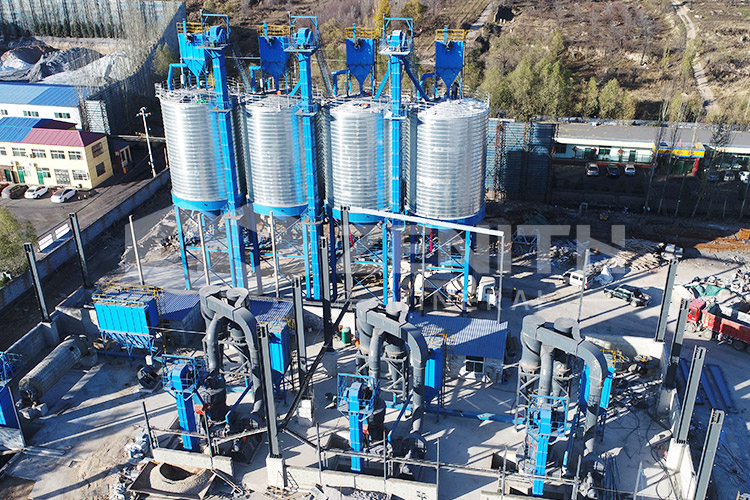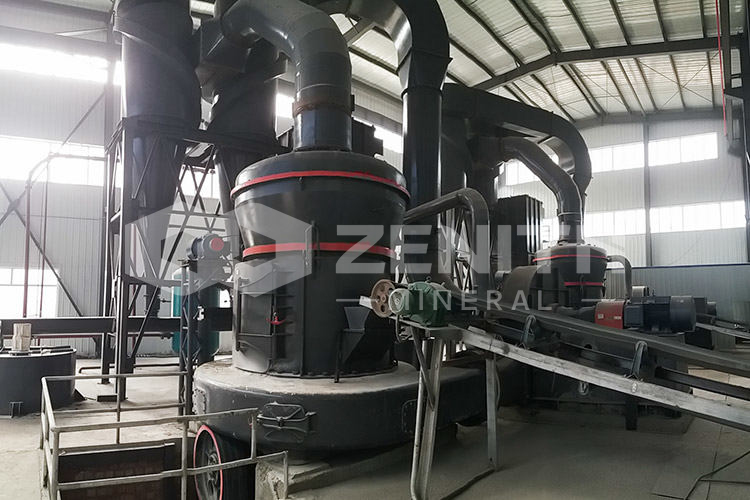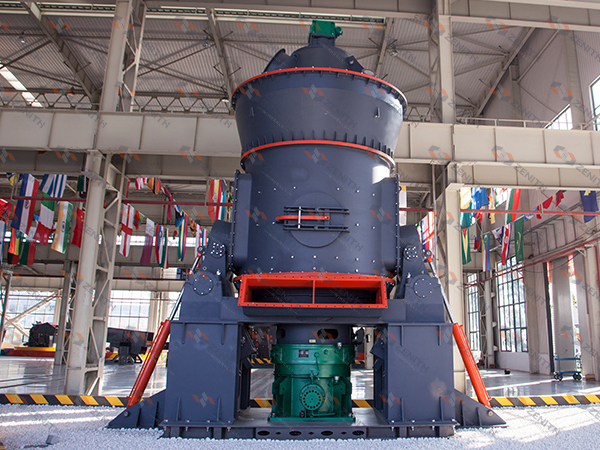What types of graphite crushing and grinding equipment are available?
2025-11-13 20:59:03
Graphite processing requires specialized equipment capable of handling its unique physical properties while achieving precise particle size distributions for various industrial applications. From coarse crushing to ultrafine powder production, modern grinding technology offers multiple solutions tailored to specific production requirements.
At Zenith Machinery, we've developed a comprehensive range of crushing and grinding equipment that covers the entire spectrum of graphite processing needs—from 1-3mm coarse powder to ultra-fine powders reaching 3250 mesh. Our equipment holds ISO international quality system certification, European Union CE certification, and Customs Union CU-TR certification, ensuring reliability across global operations.
Coarse Crushing Solutions
For initial size reduction, HM Series Hammer Mills provide efficient coarse powder production in the 0-3mm range. These mills combine crushing and grinding principles to overcome traditional limitations of uneven particle distribution. With capacities ranging from 3-50 T/H and optimized cavity design, hammer mills deliver stable performance for applications in dry mortar, animal feed, and construction materials. The high manganese steel lining ensures extended service life, while the compact design minimizes foundation costs.
_1763038743233.jpg)
Fine to Medium Grinding Options
When processing demands shift to finer applications, MTW and MTM European Trapezium Mills offer versatile solutions for 80-400 mesh powder production. Both series feature modular impeller adjustment systems that allow operators to change product fineness simply by switching impellers. The energy efficiency stands out remarkably—consuming 60% less power than traditional ball mills of equivalent capacity. These mills have proven particularly effective in chemical, paint, wall putty, and water treatment applications where consistent fine powder quality is critical.
The Raymond Mill represents another workhorse in graphite processing, capable of producing 10-325 mesh powder with exceptional screening efficiency—99% of final powder passes through the screen. Its intelligent control system enables labor-free operation and maintenance, while high-quality steel construction ensures durability in continuous operation. The independent production system from raw material to finished powder requires minimal floor space, making it ideal for facilities with spatial constraints.
_1763038743236.jpg)
Vertical Grinding Technology
For operations requiring continuous 24-hour running capability, LM Vertical Grinding Mills provide automated solutions with capacities reaching 340 T/H. The compact integrated design reduces footprint by approximately 50% compared to ball mill systems and allows outdoor installation. Operating under negative pressure with complete sealing, these mills eliminate dust spillage while maintaining low noise levels. The automatic control system enables remote operation, significantly reducing labor costs in large mineral powder plants, cement facilities, and coal grinding operations.
The LM-Y Vertical Pre-grinding Roller Mill extends this technology further, integrating sand making and grinding capabilities for applications requiring <5mm output. Its hydraulic adjustment system accommodates materials of varying hardness, while the external roller flipping mechanism simplifies maintenance. This versatility makes it suitable for cement clinker pre-grinding, ceramic raw material preparation, and specialized sand production.
_1763038743238.jpg)
Ultrafine Grinding Specialists
When product specifications demand exceptional fineness, XZM Ultrafine Grinding Mills deliver powders ranging from 325 to 3250 mesh with single classification. The variable frequency drive on the classifier allows precise control of rotor speed, enabling operators to adjust fineness directly from the control panel. Compared to air-flow and stirring mills, XZM models achieve 40% higher efficiency with 70% lower energy consumption. The unique chamber design eliminates rolling bearings and screws, removing vulnerabilities that typically cause downtime in conventional ultrafine mills.
For the most demanding ultrafine applications, LUM Ultrafine Vertical Grinding Mills combine powder grinding, separation, and transportation in a single system. Processing materials to 2500 mesh, these mills integrate Taiwanese grinding roller technology with German powder separation technology. The reversible structure and hydraulic adjustment system enable quick maintenance and replacement of vulnerable parts. Energy consumption is reduced by 30-50% compared to ordinary mills, making them particularly suitable for high-end applications in plastic master batch, PVC, artificial stone, and non-woven fabric industries.
_1763038743240.jpg)
Traditional Ball Milling
Despite advancements in newer technologies, Ball Mills remain relevant for their robust adaptability to various materials and production requirements. With capacities from 22-250 T/H and the ability to produce 0.074-3mm powders, ball mills offer flexibility through open or closed system configurations and dry or wet processing options. The grinding ratio exceeds 300, while the detachable, wear-resistant liners ensure long service life. Mining Ball Mills specifically designed for mineral processing applications provide efficient grinding for refractory materials, cement, fertilizers, and glass industries.
Each equipment type serves distinct roles in the graphite processing chain. Hammer mills initiate size reduction, trapezium and Raymond mills handle intermediate grinding stages, vertical mills provide high-capacity continuous operation, while specialized ultrafine mills achieve the finest specifications. Ball mills offer traditional reliability for various material types. The selection ultimately depends on production capacity requirements, target particle size distribution, energy efficiency priorities, and specific application needs.
_1763038743242.jpg)
Frequently Asked Questions
What is the finest powder size your equipment can produce?
Our XZM Ultrafine Grinding Mill can produce powder ranging from 325 to 3250 mesh, while the LUM Ultrafine Vertical Mill reaches 2500 mesh. For most industrial applications, we recommend the appropriate equipment based on your specific fineness requirements.
How does the energy consumption compare between different mill types?
Our MTW and MTM European Trapezium Mills consume 60% less energy than traditional ball mills. XZM Ultrafine Mills use 70% less energy than air-flow mills, while LUM Vertical Mills reduce consumption by 30-50% compared to ordinary mills.
Can your equipment handle continuous 24-hour operation?
Yes, our LM Vertical Grinding Mills are specifically designed for 24-hour constant running with automated control systems that ensure stable product quality and minimal supervision requirements.
What maintenance features do your mills include?
Our equipment incorporates multiple maintenance-friendly designs including hydraulic adjustment systems, reversible structures for easy part replacement, external roller flipping mechanisms, and modular components that reduce downtime.
How do you ensure consistent powder quality?
We integrate advanced classification systems with precise control over grinding parameters. Our mills feature automated fineness adjustment, high-efficiency impeller fans, and sophisticated separation technology to maintain consistent particle size distribution.
What environmental considerations are addressed in your designs?
Our equipment operates under negative pressure with complete sealing to prevent dust spillage. Pulse dust collectors, low noise operation, and efficient energy consumption make our mills environmentally compliant with international standards.
Can your equipment process materials other than graphite?
Absolutely. Our grinding equipment handles various minerals including calcite, marble, limestone, talc, dolomite, barite, and many others. Each mill series is designed with specific material characteristics and application requirements in mind.








